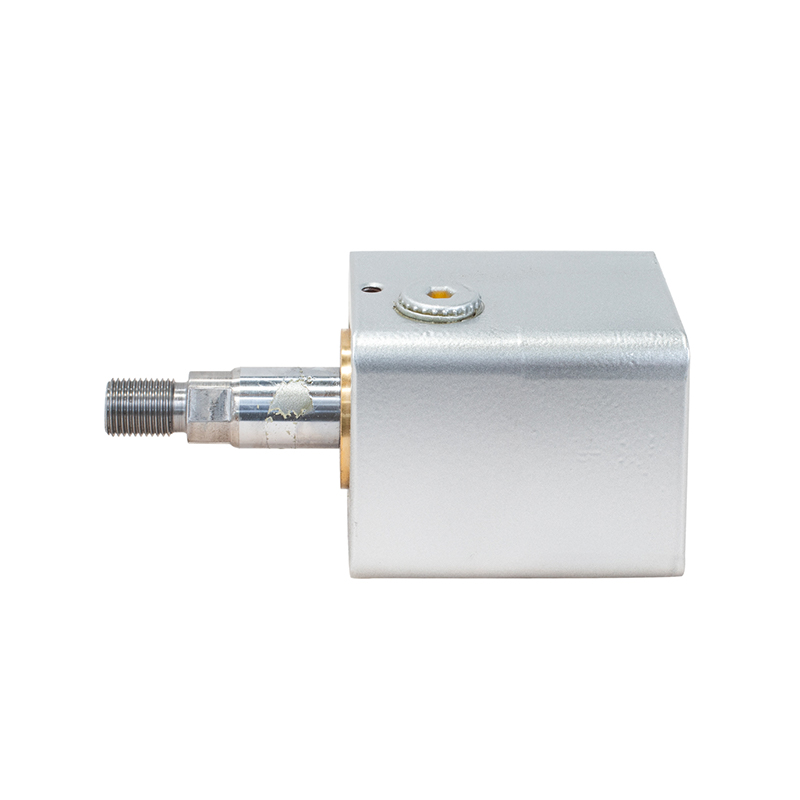Hydraulic cylinder is essential components in various industries, from construction and manufacturing to agriculture and aerospace. They convert hydraulic energy into linear mechanical force, enabling heavy lifting, pushing, and pulling with precision. This guide explores the types, working principles, applications, and maintenance of hydraulic cylinders while providing practical insights for users.
How Hydraulic Cylinders Work
Hydraulic cylinders operate based on Pascal’s Law, which states that pressure applied to a confined fluid is transmitted equally in all directions. A typical hydraulic cylinder consists of:
- Cylinder Barrel – Houses the piston and hydraulic fluid.
- Piston – Moves back and forth inside the barrel.
- Piston Rod – Transmits force to the load.
- Seals – Prevent fluid leakage.
- Hydraulic Fluid – Transmits force under pressure.
When pressurized fluid enters one side of the cylinder, it pushes the piston, generating linear motion. The force generated depends on the piston’s surface area and the fluid pressure.
Types of Hydraulic Cylinders
Different applications require different cylinder designs. Below are the most common types:
1. Single-Acting Hydraulic Cylinders
- Use hydraulic pressure to extend the piston.
- A spring or external load retracts the piston.
- Common in compact applications like jacks and lifting systems.
2. Double-Acting Hydraulic Cylinders
- Hydraulic pressure extends and retracts the piston.
- More control over movement.
- Widely used in industrial machinery and construction equipment.
3. Telescopic Hydraulic Cylinders
- Multiple nested stages for long strokes in compact spaces.
- Common in dump trucks and cranes.
4. Tie-Rod Hydraulic Cylinders
- Held together by threaded tie rods.
- Easy maintenance and repair.
- Used in manufacturing and presses.
5. Welded Hydraulic Cylinders
- Robust construction with welded ends.
- Ideal for heavy-duty applications like mining.
| Type |
Key Features |
Common Applications |
| Single-Acting |
Simple design, spring return |
Jacks, compact machinery |
| Double-Acting |
Bidirectional force, precise control |
Excavators, industrial presses |
| Telescopic |
Multi-stage, long stroke |
Dump trucks, cranes |
| Tie-Rod |
Easy disassembly, cost-effective |
Manufacturing equipment |
| Welded |
High strength, durable |
Mining, heavy construction |

Key Applications of Hydraulic Cylinders
Hydraulic cylinders are indispensable in many industries due to their power and reliability:
- Construction Equipment – Excavators, bulldozers, and loaders rely on hydraulic cylinders for lifting and digging.
- Agricultural Machinery – Tractors and harvesters use them for steering and implement control.
- Manufacturing – Presses, injection molding machines, and robotic arms depend on hydraulic force.
- Aerospace – Landing gear and flight control systems use high-precision cylinders.
- Automotive – Car lifts and assembly line robots utilize hydraulic power.
Common Hydraulic Cylinder Problems and Solutions
Even the most robust hydraulic cylinders can encounter issues. Here are common problems and how to address them:
1. Fluid Leaks
- Cause: Worn seals, damaged rods, or loose fittings.
- Solution: Replace seals, inspect rods for scratches, and tighten connections.
2. Slow or Erratic Movement
- Cause: Air in the system, contaminated fluid, or insufficient pressure.
- Solution: Bleed air, replace fluid, and check pump performance.
3. Overheating
- Cause: Excessive friction, poor fluid quality, or overloading.
- Solution: Ensure proper lubrication, use high-quality fluid, and avoid overloading.
4. Piston Rod Corrosion
- Cause: Exposure to moisture or corrosive environments.
- Solution: Use stainless steel rods or protective coatings.
Hydraulic Cylinder Maintenance Tips
Proper maintenance extends the lifespan of hydraulic cylinders:
- Regular Inspections – Check for leaks, bent rods, and seal wear.
- Clean Hydraulic Fluid – Replace filters and fluid as recommended.
- Proper Lubrication – Ensure seals and rods are lubricated to prevent wear.
- Avoid Overloading – Stay within the cylinder’s rated capacity.
- Store Correctly – When not in use, retract rods to prevent corrosion.
Choosing the Right Hydraulic Cylinder
Selecting the best cylinder for your application involves considering:
- Load Capacity – Ensure the cylinder can handle the required force.
- Stroke Length – The distance the piston must travel.
- Operating Environment – Corrosive or high-temperature settings need special materials.
- Mounting Style – Choose between flange, clevis, or trunnion mounts.
Conclusion
Hydraulic cylinders are vital for countless industrial and mobile applications. Understanding their types, working principles, and maintenance ensures optimal performance and longevity. By selecting the right cylinder and following proper care practices, users can maximize efficiency and minimize downtime.
Whether you’re in construction, agriculture, or manufacturing, hydraulic cylinders play a crucial role in powering your machinery. With this guide, you now have the knowledge to make informed decisions and keep your hydraulic systems running smoothly.
